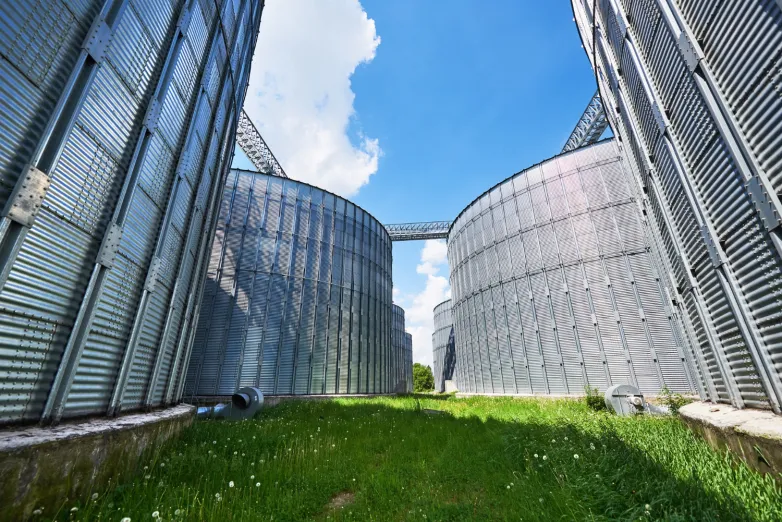Unlocking the Potential of Modern Carbon Capture Technologies

As global industries face increasing pressure to lower carbon dioxide (CO₂) emissions, modern carbon capture technologies have become a crucial part of the decarbonization toolkit. These methods provide practical ways tocapture CO₂ from industrial processes, preventing its release into the atmosphere and supporting long-termstorage solutions that help achieve climate goals. Understanding the landscape of carbon capture and storage (CCS) is vital for businesses committed to sustainability and resilient operations in a low-carbon economy.
Post-Combustion Carbon Capture in Emissions Reduction
Among carbon capture methods, post-combustion capture stands out because of its ability to adapt to existing facilities. This process involves capturing CO₂ directly from flue gases after fuel combustion, requiring minimalmodifications to the main industrial processes. For many facilities, this retrofit option means emissions can be significantly reduced without needing complete system overhauls, making immediate implementation easier.
The most common method in post-combustion carbon capture is amine gas treatment. Amine solvents bond chemically with CO₂ in flue gas streams, removing it with high efficiency, often over 90%. Although effective, this methodconsumes a significant amount of energy, particularly during solvent regeneration when heat is used to release thecaptured CO₂. Efforts to optimize energy use have led to research into better solvents and utilizing waste heat from industrial processes for regeneration.
Membrane-based capture offers an alternative within post-combustion technology. It employs membranes that are selectively permeable to separate CO₂ from other gases based on size and affinity. This approach generally uses lessenergy and requires smaller equipment. However, membrane systems usually capture less CO₂ than amine-based methods and are affected by changes in flue gas composition and operating conditions, which can impact performance stability.
Safe and Effective Carbon Storage
Capturing carbon is just one step in reducing emissions; secure storage is equally important. After CO₂ is captured andcompressed, it can be transported and injected into geological formations to prevent it from returning to theatmosphere. Depleted oil and gas reservoirs, deep saline aquifers, and other stable underground formations serve as permanent storage sites.
The safety of containment depends on advanced monitoring and verification systems. These technologies providecontinuous data on CO₂ movement within storage sites, allowing early detection of potential leaks and ensuringenvironmental safety standards are met. While monitoring technologies continue to develop, they are primarily used to support regulatory compliance and provide reassurance regarding storage integrity.
Emerging Technologies
The pursuit of net-zero emissions has led to exploration beyond traditional post-combustion capture methods. Direct air capture (DAC), for example, removes CO₂ directly from ambient air instead of concentrated streams. While promising for offsetting diffuse emissions, DAC currently faces challenges such as high energy consumption, concerns about material durability, and economic costs, which limit scalability.
Another promising area is biomass energy combined with carbon capture and storage (BECCS), where CO₂ absorbed during biomass growth is later captured during combustion, creating a pathway for reducing harmful emissions. However, large-scale deployment of BECCS requires sustainable biomass sourcing and careful management of land and water resources.
Overcoming Challenges
Despite the promise of carbon capture and storage, challenges remain concerning cost, energy intensity, and operational complexities. Amine gas treatment requires significant energy inputs and continuous solvent maintenance, while membrane capture must balance efficiency with sensitivity to gas streams. Additionally, investments in transport and storage infrastructure must keep pace with capture capacity to enable seamless CCS workflows.
To advance, industries are adopting integrated strategies that combine process optimization, energy efficiency, and renewable energy sources alongside carbon capture. Technological innovation, supported by policy incentives and cross-sector collaboration, will be crucial for scaling CCS as a key part of climate action.
Why Industries Should Act Now
Understanding the technical details, economic effects, and environmental advantages of modern carbon capture and storage is essential for industries striving to meet strict emission reduction goals. Investing in CCS technologies now can open pathways to net-zero objectives while maintaining operational continuity and regulatory compliance.
For companies seeking process-level insights, Endress+Hauser offers specialist expertise in measurement and instrumentation for carbon storage and capture workflows. Their tools, from optical analyzers to flow and level sensors, help stakeholders monitor capture processes, support CO₂ utilization, and enable safe storage operations.
By utilizing proven capture techniques along with reliable storage and digital monitoring, businesses can speed up their shift toward sustainable operations. This comprehensive approach not only reduces carbon footprints but alsoincreases resilience and competitiveness in a quickly evolving regulatory and market environment.
Also read
- How to Reduce Downtime in Solar Operations?
- Hyperparameter Tuning Good Practices for Robust Predictive Models
- 5 Critical Metal Forming Processes in Solar Panel Manufacturing
- Maximizing Efficiency with Low-Maintenance Solar Panel Systems
- Cyber Hygiene for Solar Companies: Protecting Your Data from Email Threats


